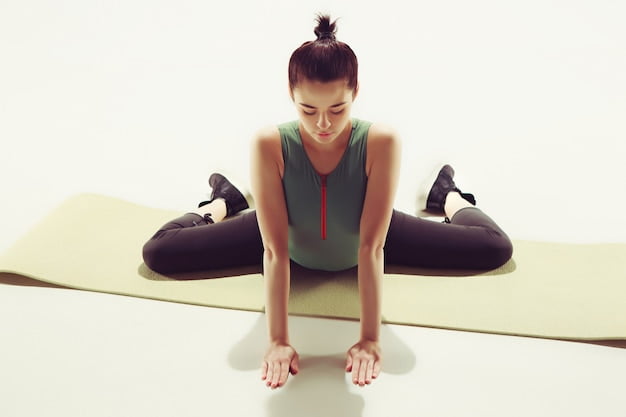The Emotional Release of Yoga: Is Crying Normal?
Yoga is known for its numerous physical and mental health benefits. From improving flexibility and balance to reducing stress and anxiety, yoga has proven to be effective in promoting general well-being. However, one of the most unexpected experiences some people encounter during yoga practice is emotional release, often leading to crying. This phenomenon raises many questions, including whether crying after yoga is normal.
What is emotional release?
Emotional release is a sudden outburst of intense emotions that occurs during or after a yoga practice. These emotions may include sadness, anger, fear, or any other deep-seated feelings that have been repressed for a long time. The release is often accompanied by tears, shaking, or trembling, and it can be both overwhelming and cathartic.
What causes emotional release in yoga?
Emotional release is primarily triggered by the practice of yoga poses that open up the hips, pelvis, and spine. These areas are where most of the body’s stress and tension are stored, and they often hold emotional traumas that have been buried deep inside. When these poses are practiced, the physical release that occurs also stimulates an emotional release, leading to tears and other expressions of emotions.
Is crying during yoga normal?
Yes, crying during or after yoga is normal and a common experience. It is a sign that the body is releasing long-held emotions, and it is an important part of the healing process. It is essential to allow yourself to feel and express these emotions, as it can help you overcome emotional blockages and move forward in your healing journey.
How to deal with emotional release during yoga?
If you find yourself experiencing emotional release during yoga, it is important to honor and acknowledge these emotions. Allow yourself to feel and express them without judgment or shame. If you feel overwhelmed, take a break, and breathe deeply until you feel calm enough to continue. Remember that emotional release is a normal part of the healing process and that it takes courage to confront and overcome emotional traumas.
How to prevent emotional release during yoga?
Preventing emotional release during yoga is not always possible or advisable. However, if you feel that you are not ready to confront your emotions, it is important to start slowly and choose more gentle yoga practices that focus on relaxation and grounding. As you become more comfortable with the practice, you can gradually introduce more challenging poses that may trigger emotional release.
Yoga and its benefits for emotional health
While emotional release is one aspect of yoga’s impact on mental health, the practice has numerous benefits for emotional well-being. Yoga has been shown to reduce stress and anxiety, improve mood, and promote greater self-awareness and self-acceptance. The practice of yoga also teaches us to be more present in our bodies, to breathe deeply, and to cultivate compassion and kindness toward ourselves and others.
Conclusion
In summary, crying after yoga is a normal and healthy response to emotional release. This phenomenon is often triggered by physical poses that open up the hips, pelvis, and spine, leading to the release of long-held emotions. If you find yourself experiencing emotional release during yoga, it is important to honor and acknowledge these emotions and allow yourself to feel and express them. Remember that yoga is a practice for physical, spiritual, and emotional health, and that emotional release is an important part of the healing process.






